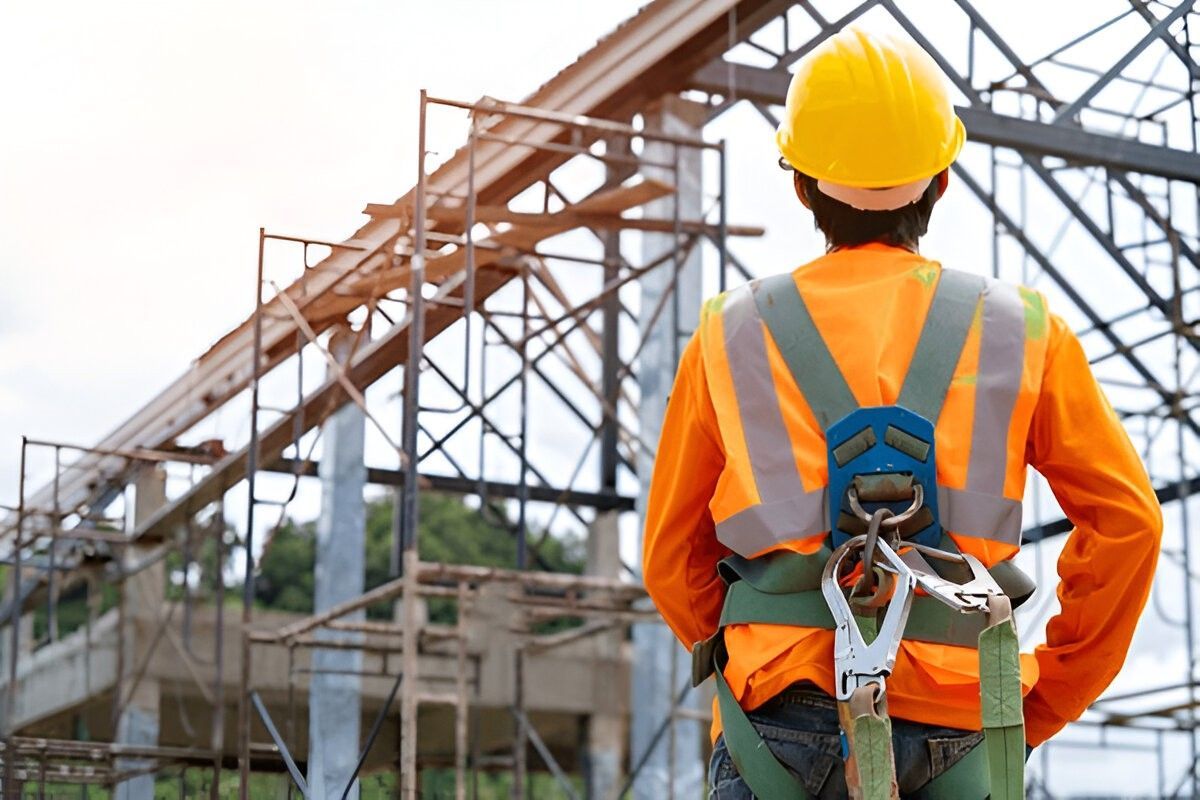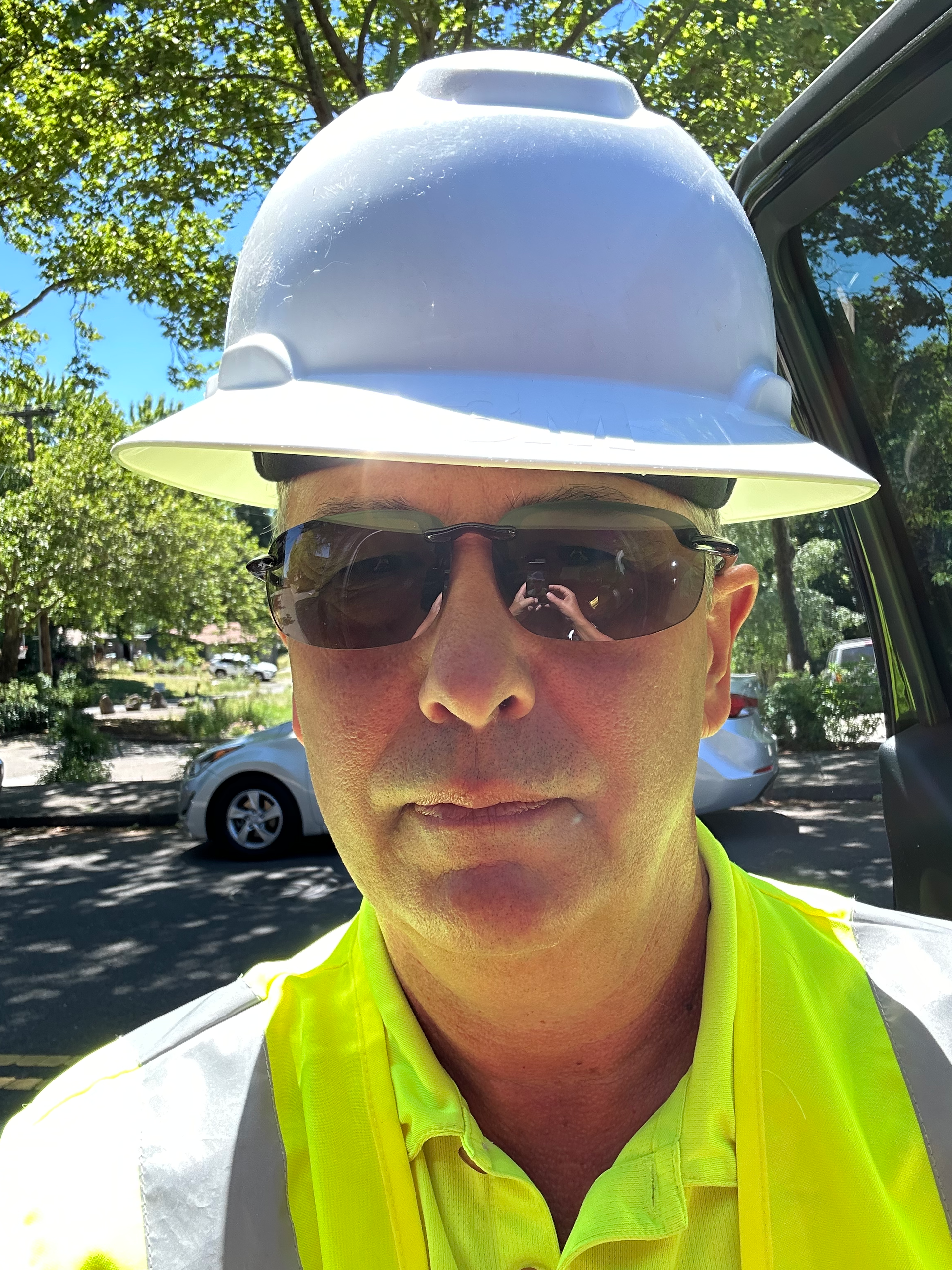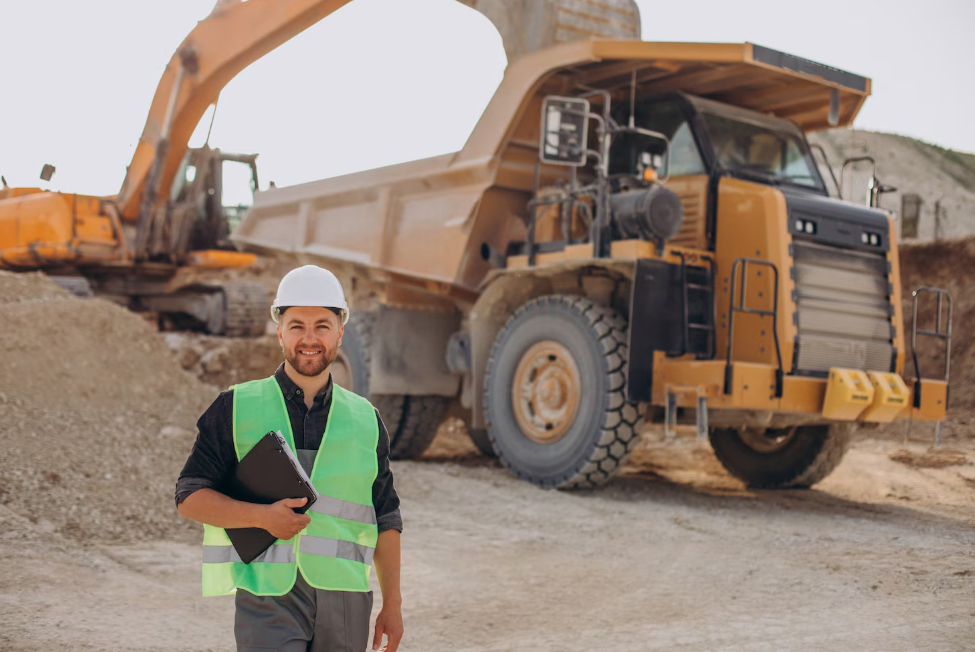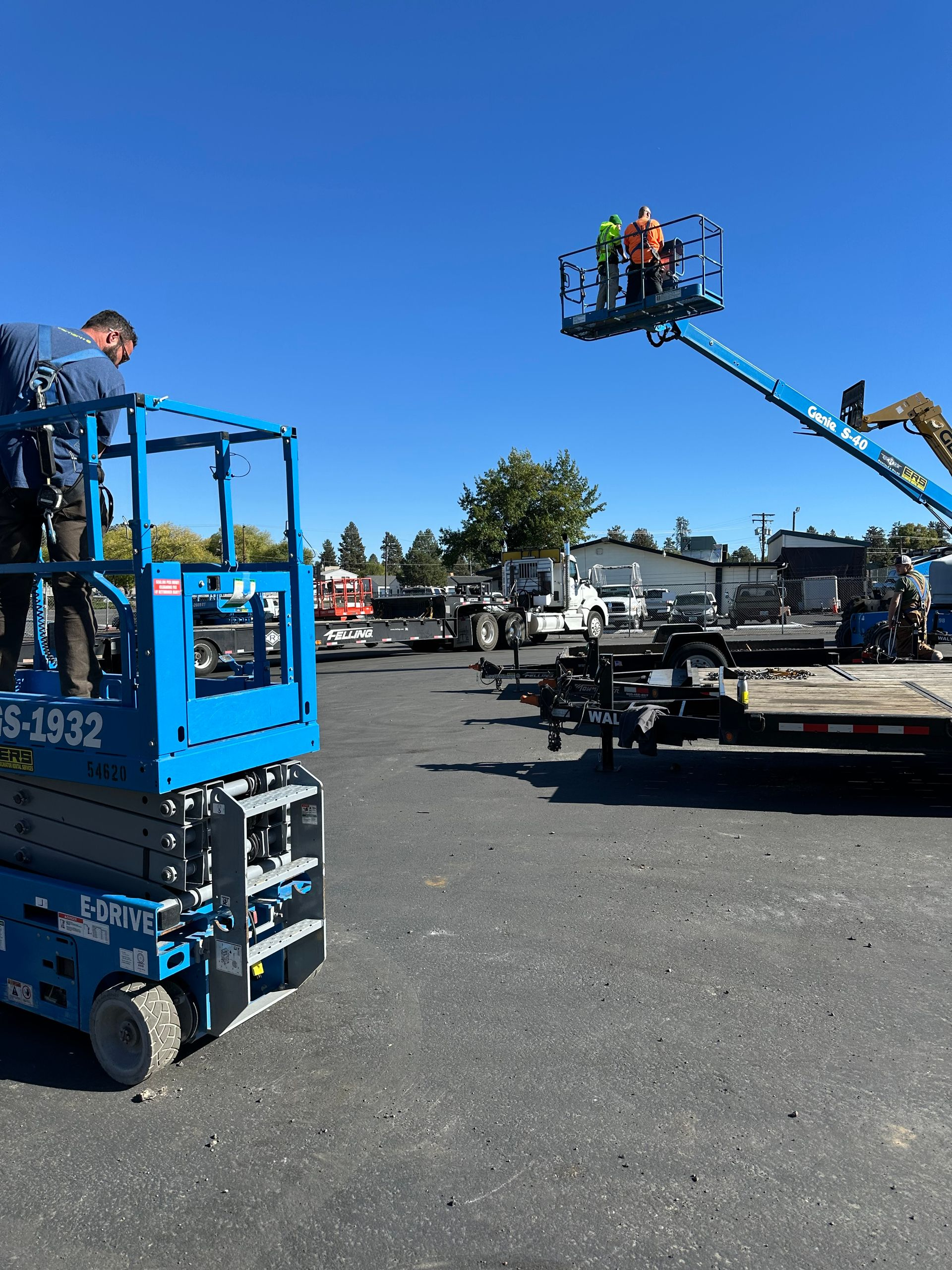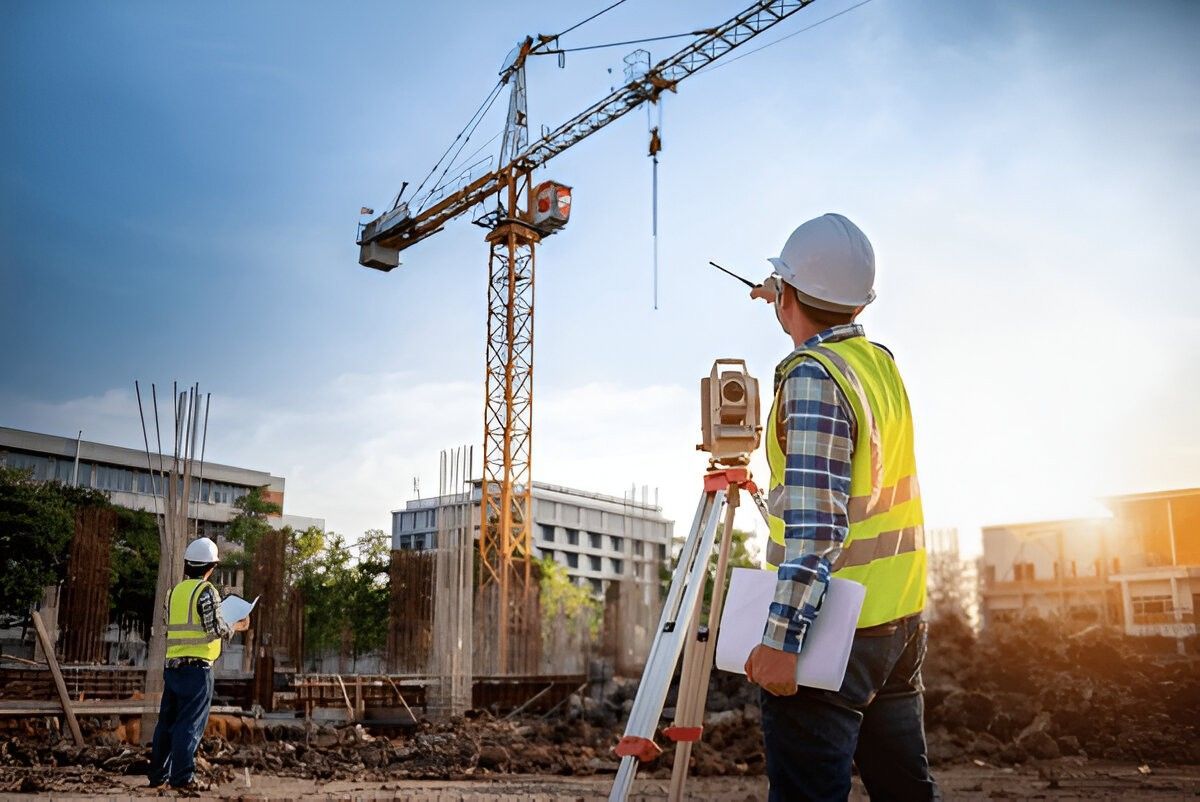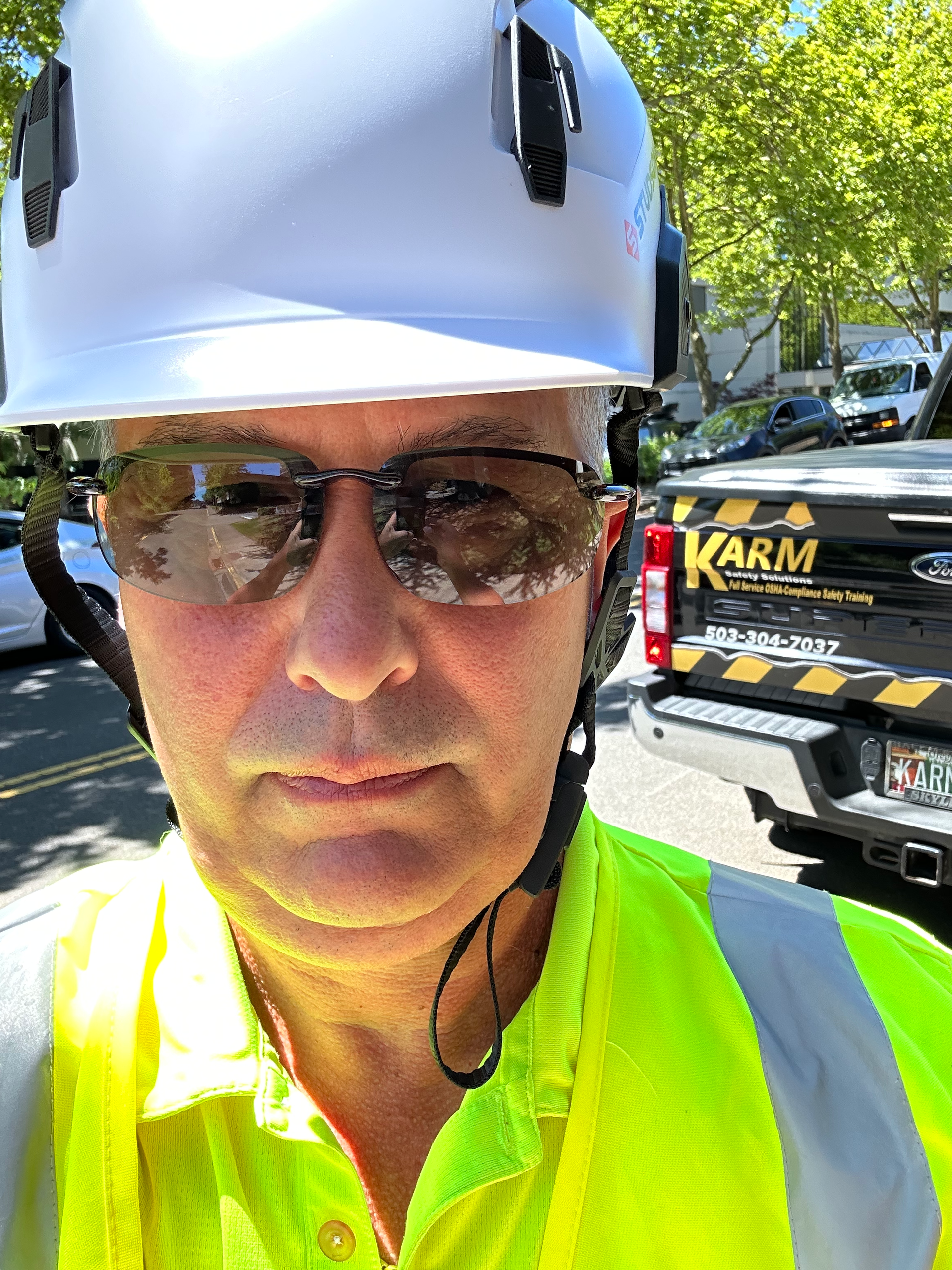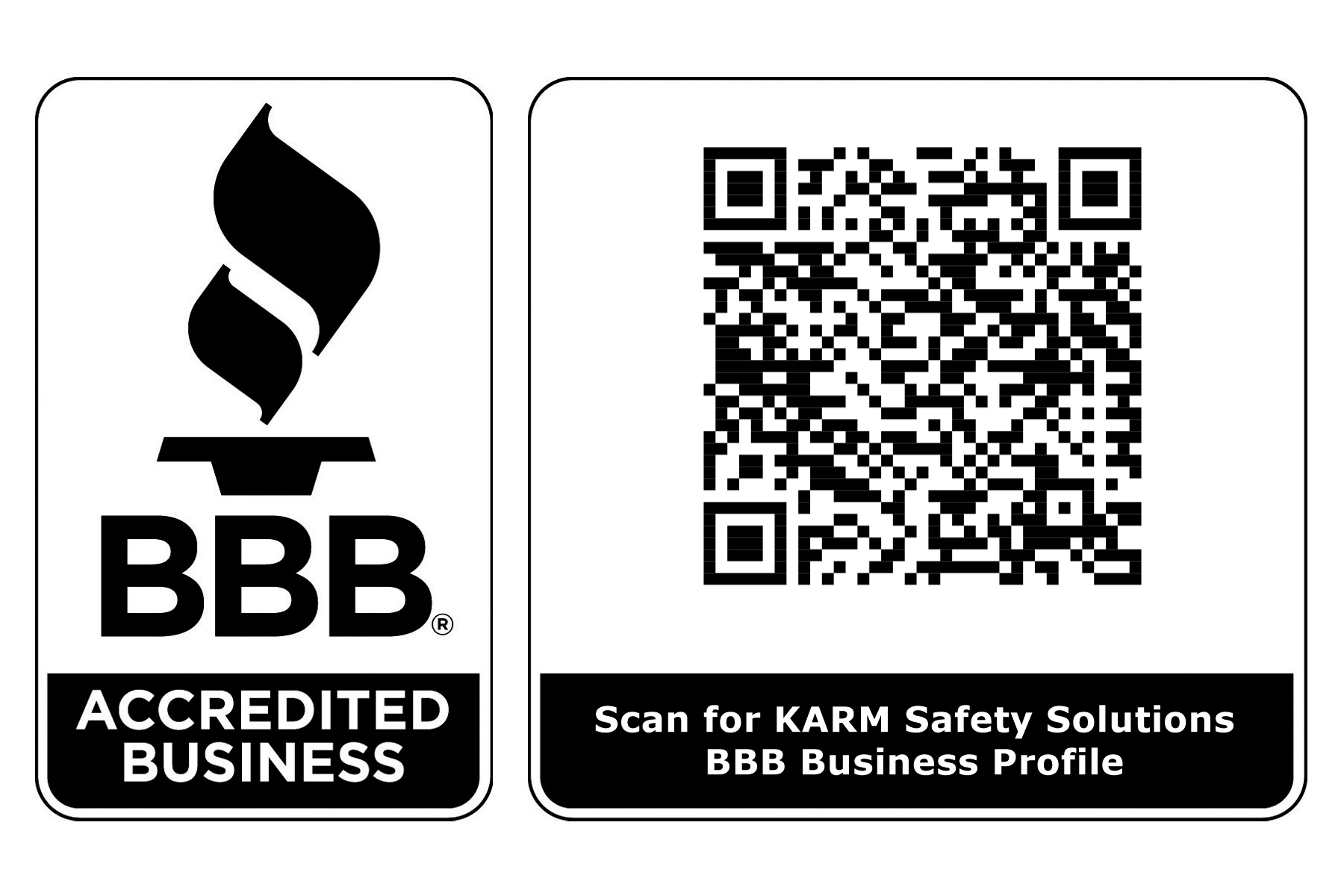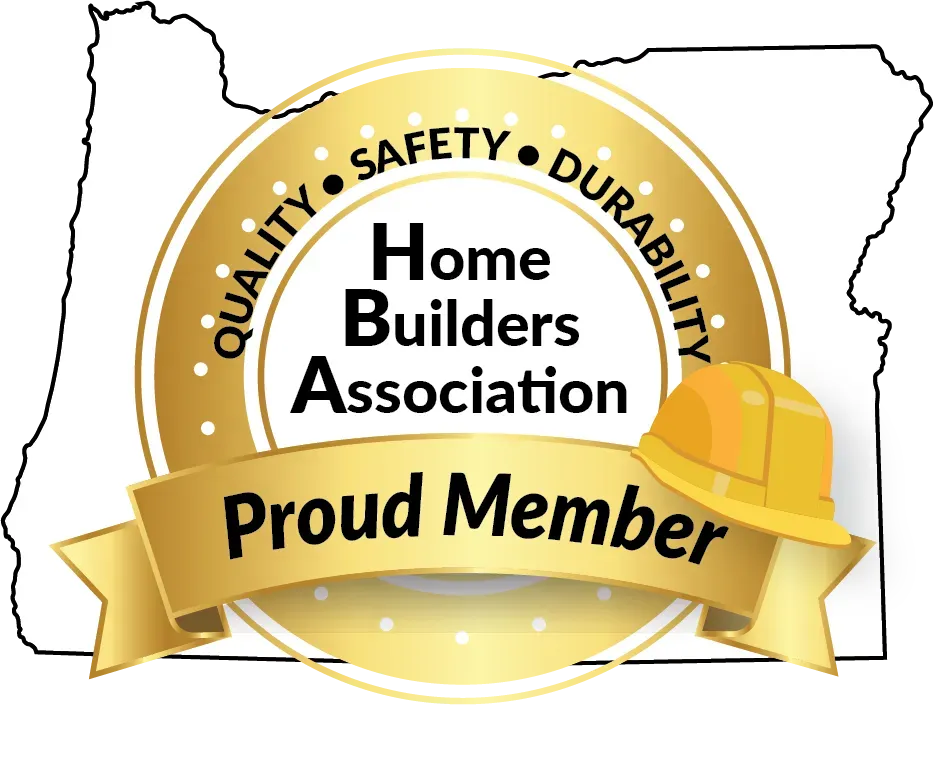Who Needs Scaffold Competent Person Training? Roles & Requirements
Scaffolding is a common feature across construction and industrial job sites, yet it's also one of the most cited areas for OSHA violations. This highlights the critical need for trained individuals who understand proper setup, inspection, and use of scaffolds. The scaffold competent person training requirements aren't just a checkbox—they're vital to keeping workers safe, maintaining compliance, and avoiding project delays.
The Core Responsibility: What It Means to Be a Competent Person
A competent person isn’t just someone with experience. According to OSHA, it's someone who can identify existing and potential hazards in the surroundings and has the authority to take prompt corrective actions. In scaffolding work, this means the individual must not only know the standards but must be empowered to enforce them on-site.
Being a competent person is not limited to title or tenure—it requires verified knowledge and clear authority to make decisions. This includes being able to evaluate whether a scaffold is structurally sound, whether the load capacity is exceeded, or if access points are secure. It’s not a passive role—it’s active, continuous, and critical to keeping operations running safely.
Breaking Down the Roles: Who Should Take This Training?
This certification isn't just for safety officers. It applies to:
- Workers responsible for setting up and dismantling scaffolds
- Foremen who oversee scaffold-related tasks
- Site supervisors managing multi-level construction projects
- Project managers are responsible for OSHA compliance
- Anyone assigned to serve as the competent person for scaffolding
These individuals must understand risk factors, load limits, safe access, and equipment checks. They must also take corrective action immediately, making real-time decisions to prevent hazards.
Having multiple trained personnel on-site is also a smart strategy for high-volume operations. It ensures that supervision and inspections continue uninterrupted during shift rotations or personnel changes.
Critical Topics Covered in the Training
The competent person scaffolding training course spans multiple vital components. Trainees gain a solid understanding of scaffold design, types, and capacity. The focus isn’t just theory; it’s about real-world application:
- Identifying risks before work starts
- Conducting thorough daily inspections
- Ensuring proper use of personal protective equipment (PPE)
- Verifying scaffold setup is compliant with OSHA standards
- Managing specialty scaffold designs for complex jobs
Training can be completed either in-person or online and typically takes around 3.5 hours. On completion, participants receive a recognized Scaffolding Competent Person Certification, reinforcing their ability to meet OSHA 29 CFR 1926.451 standards.
The course is designed to be practical, straight to the point, and aligned with field needs. It combines visual examples, regulatory references, and real-world insights to make learning easy and effective.
Why OSHA Compliance is Non-Negotiable?
Falls are among the leading causes of workplace injuries and deaths. Many of these are related to scaffold misuse or neglect. The role of a trained competent person is to ensure every component—from guardrails to planking—is secured and correctly used. Non-compliance can result in severe injuries, financial penalties, or shutdowns.
In addition to the safety risks, OSHA citations related to scaffolds are expensive and frequent. A single oversight could trigger inspections, fines, or even job stoppage. With trained, competent persons on the ground, these outcomes can be prevented with timely checks and consistent monitoring.
Empowering Decision-Makers on Site
Unlike general safety training, this certification gives workers the authority to stop unsafe practices immediately. That means no delay in acting when conditions are unsafe. This real-time intervention drastically reduces the risk of serious incidents.
Empowered staff also contribute to a proactive safety culture, which improves morale and reinforces accountability throughout the crew.
Legal and Operational Advantages
A trained, competent person serves as a protective buffer between the job site and potential violations. With knowledge of both engineering controls and safe work practices, they provide daily oversight that satisfies OSHA’s strict expectations. This not only prevents citations but boosts overall job efficiency by reducing accident-related downtime.
Fewer accidents also translate into lower insurance claims, fewer delays, and better stakeholder confidence in project execution.
Final Say:
At KARM Safety Solutions, we understand the stakes. Our scaffold training program is built with clarity, compliance, and usability at its core. Our certified instructors equip your team with practical skills, not just textbook knowledge. By completing our training, your team meets OSHA competent person scaffolding training standards while reinforcing a safer, more compliant job site.
Let KARM Safety Solutions prepare your crew to take control of scaffold safety because safety isn't optional, it's essential.


